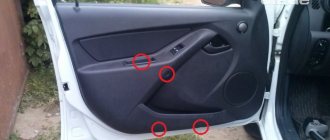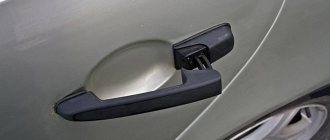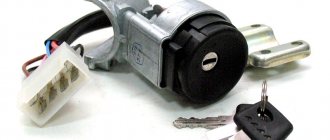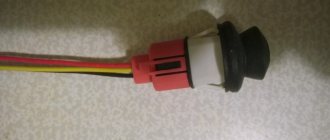Winter driving requires special attention to the condition of your car's tires. Tire studding is one of the methods that ensures reliable traction in winter conditions. In this article we will talk about how to re-stud your tires yourself and why it is important for safety on the road.
1. Why Stud Tires:
-
Increased Traction: Studs on the surface of the tires improve traction on icy or snowy roads, reducing the risk of slipping.
-
Improved Handling: Adding tire studs helps the car handle better in snow or ice conditions.
2. When Additional Studning is Necessary:
-
Ice Rain and Snowfall: During periods of intense winter precipitation, studding can significantly improve driving safety.
-
Rural Operations: For drivers who frequently travel into rural areas where the roads may be less salty and sandy.
3. Steps for Self-Studding:
-
Stud Selection: Select the appropriate studs for your tire type and size. It is recommended to use cleats designed for winter use.
-
Preparing the Kit: Obtain the necessary tenoning kit, including tenons, hammer, pliers and drill.
-
Installing Studs: After removing the wheel, carefully insert the studs into the tire tread using a drill and ensuring they are positioned correctly.
-
Wheel Balancing: After studding, make sure the wheels are properly balanced to avoid vibration when driving.
4. Limitations and Tips:
-
Legal Restrictions: Before re-spinning, make sure the practice is legal in your area.
-
Caring for Spikes: Spikes can wear out over time, keep an eye on them and replace them if necessary.
5. Alternative Methods:
-
Lightweight Chains: For those who prefer not to stud their tires, lightweight chains are an alternative option for traction.
-
Winter Tires: Upgrading to winter tires with improved tread and rubber is also an effective method of preparing for winter conditions.
Tire re-studding is an effective method to increase driving safety in winter conditions. Properly carried out additional studding contributes to better traction of the car with the road, which is especially important in harsh winter conditions.











